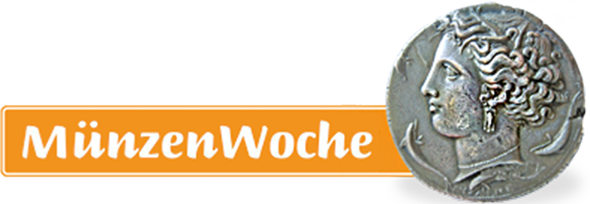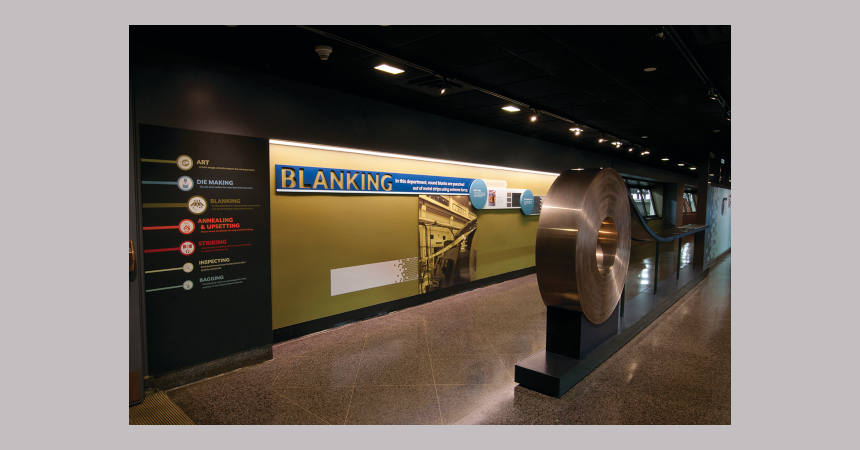United States Philadelphia Mint
Wenn es kein Logo gibt, wird diese Spalte einfach leer gelassen. Das Bild oben bitte löschen.
(Dieser Text wird nicht dargestellt.)
151 North Independence Mall East
Philadelphia, PA 19106
Tel: +1 (215) 408-0112
Since 1969, the current location of the United States Philadelphia Mint is its fourth site since the original Mint’s founding in 1792. The Mint’s interactive, self-guided tour is divided into seven color-coded areas enabling visitors to better understand the process for the production of its proof, uncirculated and commemorative coins, Congressional gold medals, silver, gold, and platinum bullion coins.
At the start of the gallery, visitors are guided by special images and colors to help distinguish the seven different coin design and manufacturing areas.
Art
Visitors see how the striking of a coin begins with artistry and design. Current law mandates that the following inscriptions appear on all circulating coins: „Liberty,“ „In God We Trust,“ „United States of America,“ and „E Pluribus Unum,“ as well as each coin’s year of issuance. Also, it takes an official act of Congress to create a coin.
Die Making
In the die shop, visitors see how thousands of working dies are created with painstaking precision in which to strike millions of coins. Making perfect dies is a complex process, but it’s necessary as every coin must be perfect or they won’t be accepted by vending machines.
Blanking
At 40 feet above the factory floor visitors now see how the Mint makes up to 60 million coins daily. Copper and nickel ribbons, which are about 13 inches wide and 1,500 feet long, are fed through a blanking press, like a giant cookie-cutter, punching out round, plain-surfaced disks called blanks. The leftover strip, called webbing, is chopped and recycled.
Annealing & Upsetting
The blanks are heated in an annealing furnace to soften the metal of the blank and are then poured through a huge washer and dryer. Finally, shiny blanks are rolled through an upsetting mill, which raises a smooth, hard edge around each blank. This rim helps with the striking process and also allows stacking of coins. After spinning out of the upsetting mill, the blank is called a planche.
Striking
Two dies-obverse and reverse, or heads and tails-are placed into the coining press. With one mighty strike, the designs from the steel dies are transferred to the planchet, creating a genuine coin.
Inspecting
After striking, visitors see press operators using magnifying glasses to spot check each batch of new coins to be sure that they meet the Mint’s strict quality standards. If a flaw is spotted, all of the coins in the trap are scrapped and sent to a coin destruction machine called a waffler.
Bagging
After the coins have been inspected, they travel to the automated counting machines. All coins, except pennies, which are bagged and shipped by weight, are counted and poured into giant bulk bags. The filled bags are weighed, sealed shut, loaded onto pallets, and taken by forklift to the Mint’s vaults. New coins are then shipped to Federal Reserve Banks.
Some of the many tour highlights are: the first coining press used to strike America’s first coins in 1792, the key to the first Mint, the Mint deed signed by President Andrew Jackson, and Peter the Mint Eagle, a real bald eagle who made the First United States Mint his home.
The Federal Reserve Bank of Philadelphia Mint’s „Money in Motion“ exhibit is one block away at 100 N. 6th Street and a visit there is highly recommended.
This text was written by Howard M. Berlin and first published in his book Numismatourist in 2014.
You can order his numismatic guidebook at Amazon.
Howard M. Berlin has his own website.









